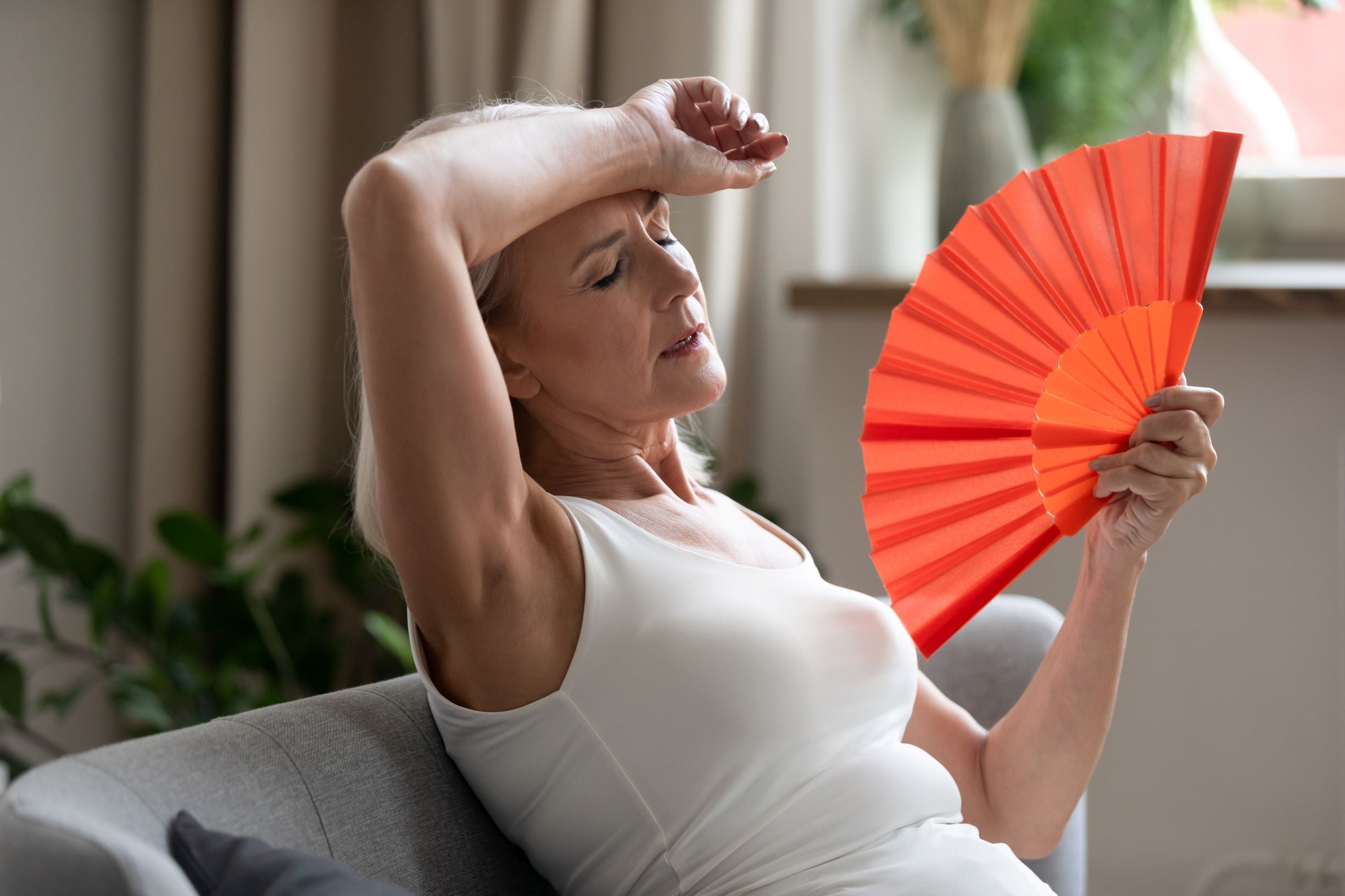
How to get rid of scars on face
It can feel tricky knowing how to get rid of scars on face, especially if you’ve had the scars for a while and felt there’s no (inexpensive) options for removal.
Yes, some people consider their scars to be marks of pride, but the majority of people would love to will them away. Since they can affect your appearance, they can make you feel self-conscious. If you want to get rid of an old scar, you need to understand what a scar is and what type you’re trying to get rid of.
That’s where this article comes in.
In this blog, we’re going to delve into:
- Types of scars
- Acne scars and pockmocks
- Natural remedies for reducing scars

The types of scars on face (and solutions!)
First, before diving into the kinds of scars and which you or a loved one may have, let’s share precisely what a scar is at a biological level. Understanding the basics can make healing so much more doable.
A scar forms as part of the natural healing process following an injury. When the dermis — the second layer of skin — is damaged, your body forms collagen fibers to repair the damage, and that results in a scar.
- In most cases, the faster a wound heals, the less collagen will be deposited and the less noticeable the scar will be.
- Typically, the severity of the scar is based on the severity of the injury or damage.
- Scars form differently on different parts of the body
It is also important to know, scars form differently based on the age of the injured person, which will affect the rate of healing, as well.
There are different types of scars, each with defining characteristics.
The kinds of scars and pockmarks
Atrophic scars
Atrophic scars are characterized by the loss of tissue. They appear depressed or flat against the upper layer of the skin. More often than not, scars have darker skin pigmentation than other areas of your skin. Examples of atrophic scars include acne scars and chickenpox scars.
Hypertrophic scars
Hypertrophic scars are characterized by excess tissue that forms over the skin as it heals. Unlike a keloid scar, it does not grow outside the injured area.
Keloid Scars
Keloid scars are the result of aggressive healing and an overproduction of tissue. They are characterized by a raised, thick, puffy appearance. Unlike a hypertrophic scar, keloid scars can grow beyond the injured area.
Contracture scars
Contracture scars result from large areas of skin being lost or damaged, typically from burns. They are characterized by tight, shiny skin that can restrict movement.
[source]
How to get acne scars to go away
If you have or in the past had acne, whether cystic pimples or other types, there may have been marks left. This can feel very frustrating and make us feel shame around our skin. That’s why, know this, the techniques we’re sharing can assist with all kinds of scars - including pimples.
So let’s get into these methods for helping how to get acne scars to go away.
Natural remedies to reduce scars
There’s no known way to make scars totally disappear, but many will become lighter over time on their own.
That being said, advocates of natural healing believe that there are remedies that can speed up the lightening process and make a scar less noticeable. Here are some of the remedies that can be used to get acne scars to go away.
Aloe vera
- If able to access the gel of a plant, this can be helpful *albeit messy* (Here’s a way to get the benefits of aloe vera WITHOUT a plant each time)
- Apply the gel directly to your scar using circular motions.
- After half an hour, wash the gel off with fresh, cool water.
- Repeat twice each day.
Honey
- Before going to bed, cover your scar with a layer of honey.
- Wrap the honey-covered scar with a bandage.
- Leave it on for one full night.
- In the morning, remove the bandage and wash off the honey with warm water.
- Make this part of your routine every night.
Apple cider vinegar
- Combine 4 tablespoons of distilled water with 2 tablespoons of apple cider vinegar.
- Dip a cotton ball into the water-cider mixture and generously dab your scar.
- Let it dry.
- Do this every night before you go to bed, washing the area in the morning.
One note: This method can be effective but also comes with the scent of apple cider vinegar. Especially if you share a bed with someone, they may be less of a fan of this method.
Vitamin E
- To apply Vitamin E, you can get a capsule and crack it open to put onto the skin (If that sounds troublesome, here’s an easier way to use Vitamin E)
- For about 10 minutes, massage the oil on and around the scar.
- After about 20 minutes wash off the oil with warm water.
- Repeat this process a minimum of 3 times per day.
Lavender and olive oil
- Mix three drops of lavender essential oil into three tablespoons of extra-virgin olive oil.
- Massage the mixture into the scarred area for about 5 minutes.
- Leave the oil in place for about 30 minutes.
- Rinse the area with warm water.
- Repeat this process a minimum of three times a day.
Coconut oil
- Heat a few tablespoons of coconut oil, just enough to liquefy it. Make sure the oil isn’t too hot before applying it.
- Massage the oil into the scar for about 10 minutes.
- Let the skin absorb the oil for a minimum of one hour.
- Repeat two to four times every day.
One caveat: Coconut oil may help heal scars but too much from pure coconut oil itself can also clog pores and incite more acne. That’s why it’s ideal to use a blended mixture that has the right portion of oil to other non-clogging ingredients.

Lemon
- Cut a wedge from a fresh lemon.
- Gently rub the juicy side of the lemon on the scar while you squeeze the juice onto the scar.
- Relax for about 10 minutes before rinsing off the area with cool water.
- Do this every day at approximately the same time.
Potato
- Slice a potato into medium thick rounds.
- Using a circular motion, rub the potato slice on your scar.
- Once the potato slice starts to dry out, discard it and continue rubbing with another slice.
- Continue rubbing and replacing for about 20 minutes and then let the scar air-dry for about 10 minutes.
- Rinse the area with cool water.
- Repeat this process at least one time each day
Baking soda
- Mix distilled water — a little at time — into two tablespoons of baking soda until it forms a paste.
- Wet your scar with distilled water and then apply the paste to the wet scar.
- Hold the paste in place with a warm compress for 15 minutes.
- Rinse the area and repeat daily.
Before trying any of the remedies above, thoroughly wash and dry the scar and the area around it. Also, only use these remedies on scars - not open wounds.
ALSO PLEASE CONSULT A PHYSICIAN to make sure a regiment is okay for your skin, especially if any special sensitivity.
Moisturizing your skin
Scarring is also deeply related to hyrdation.
Damage to the skin (aka scarring) disrupts skin barrier function and leads to excessive water loss, which initiates an inflammatory response of the skin, which in interferes with the production of collagen. Collagen is the main structural protein found in skin and other connective tissues, widely used in purified form for cosmetic surgical treatments.
The structure of the skin gives your skin form, whether that is smooth or has scar bumps.
Abnormalities in collagen production and the ability to transport collagen to the injured site can cause a scar. Too little collagen and you get a depressed scar, like ice pick scars. Too much and you get a scar that’s raised from the surface of the skin.

This is why hydration is so deeply important, especially if you are wondering how to get rid of acne scars or scars from a skin condition like pockmocks.
Regularly applying a chemical-free, vegan moisturizer to the damaged area keeps the site hydrated and prevents excessive water loss. This also takes off the inflammatory pressure in the area, which means less disruption to collagen production and transportation to the site.
To combine all the most effective natural ingredients - from coconut oil to aloe and various Vitamins, make sure to lock in moisture with a vegan, proven moisturizer that makes dry hands sing.

